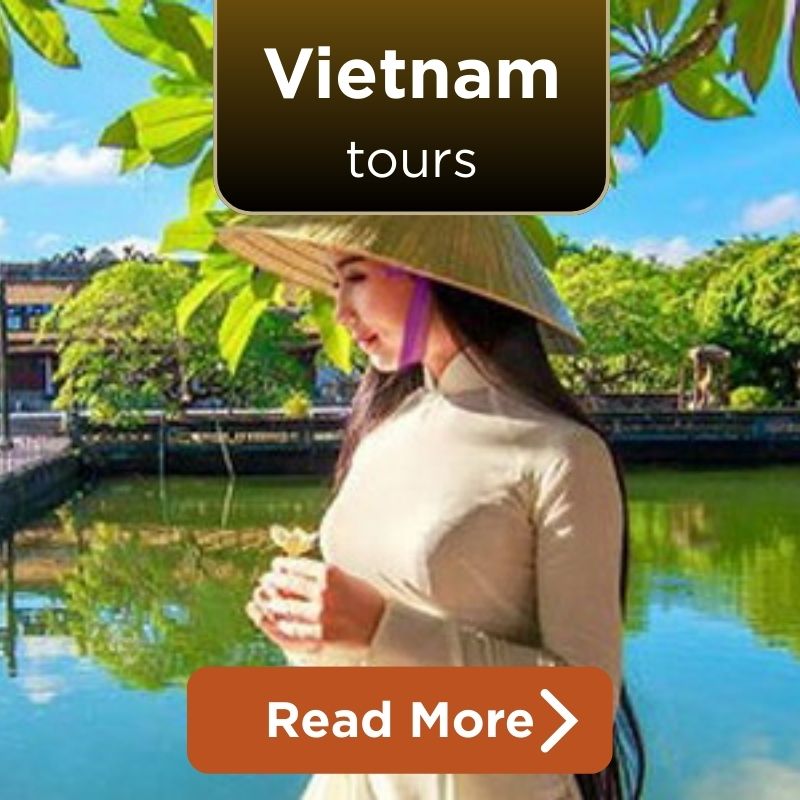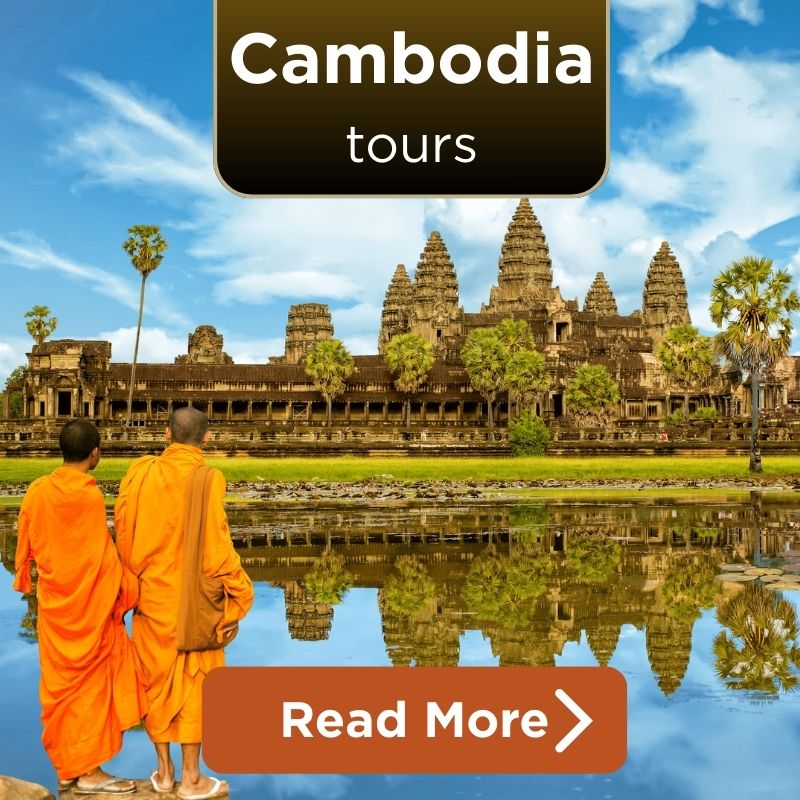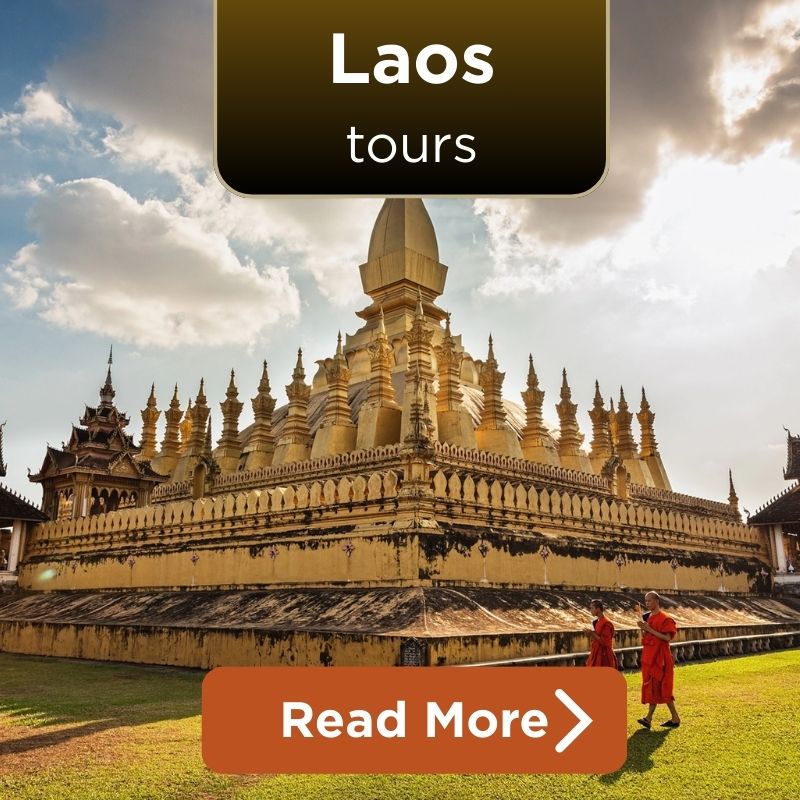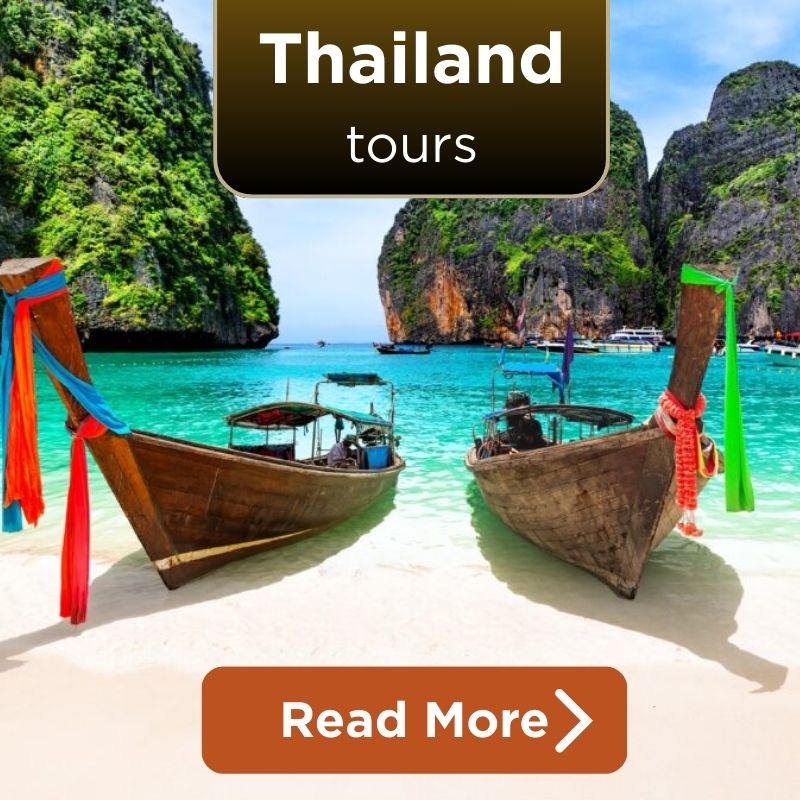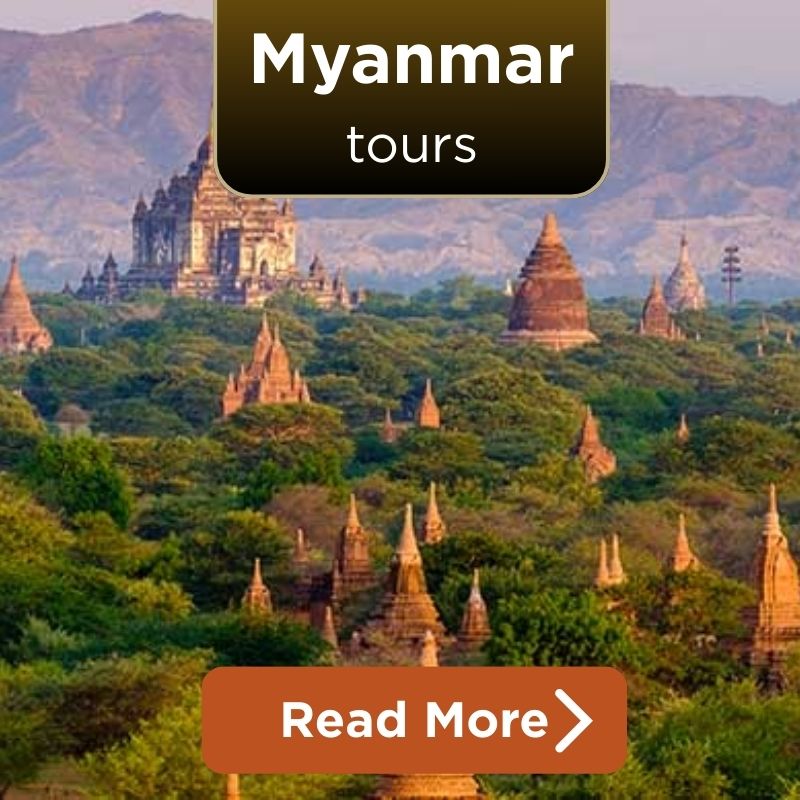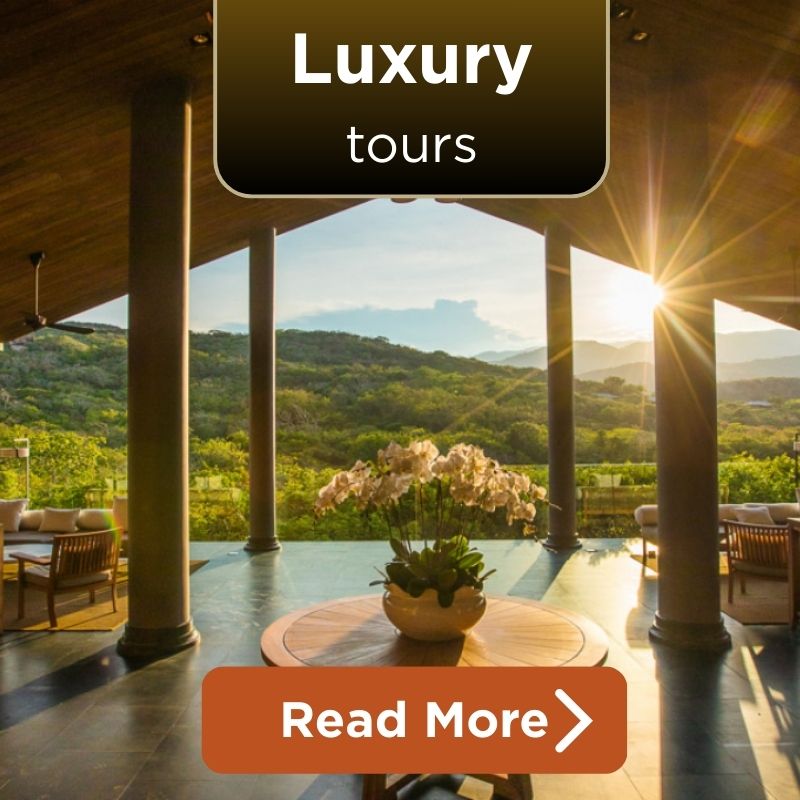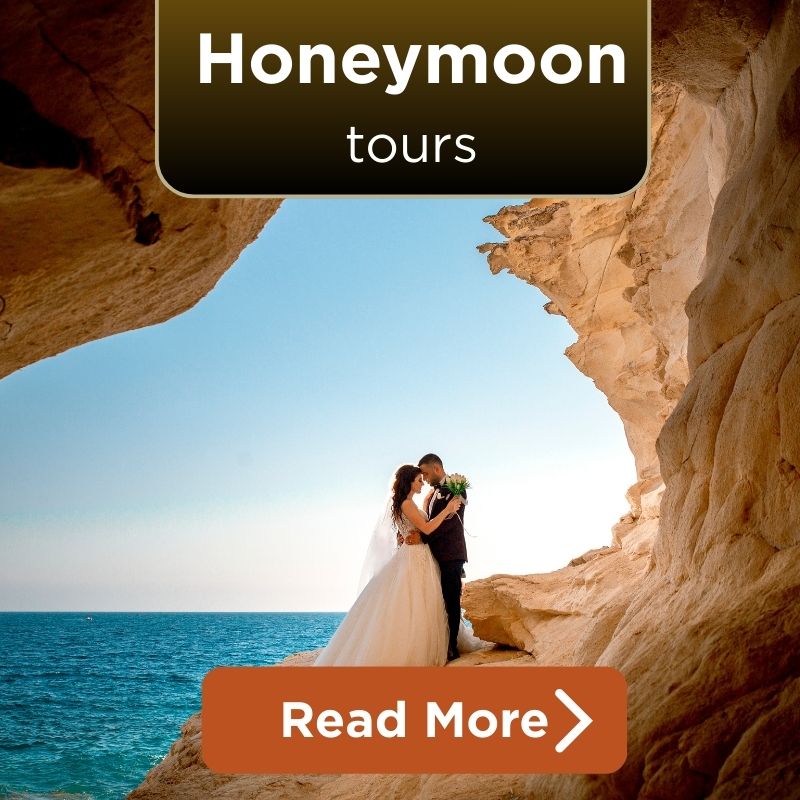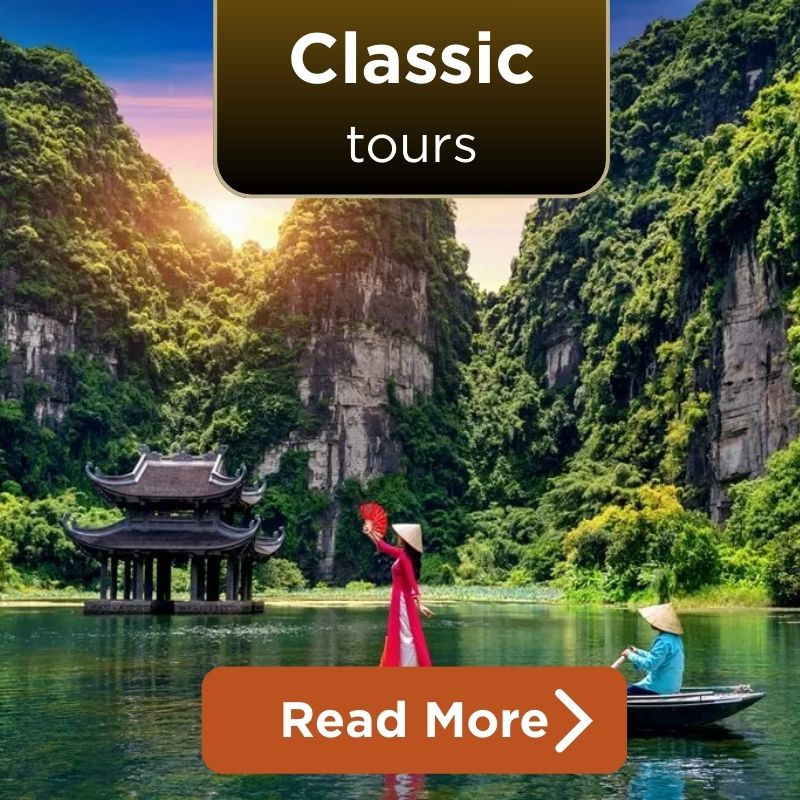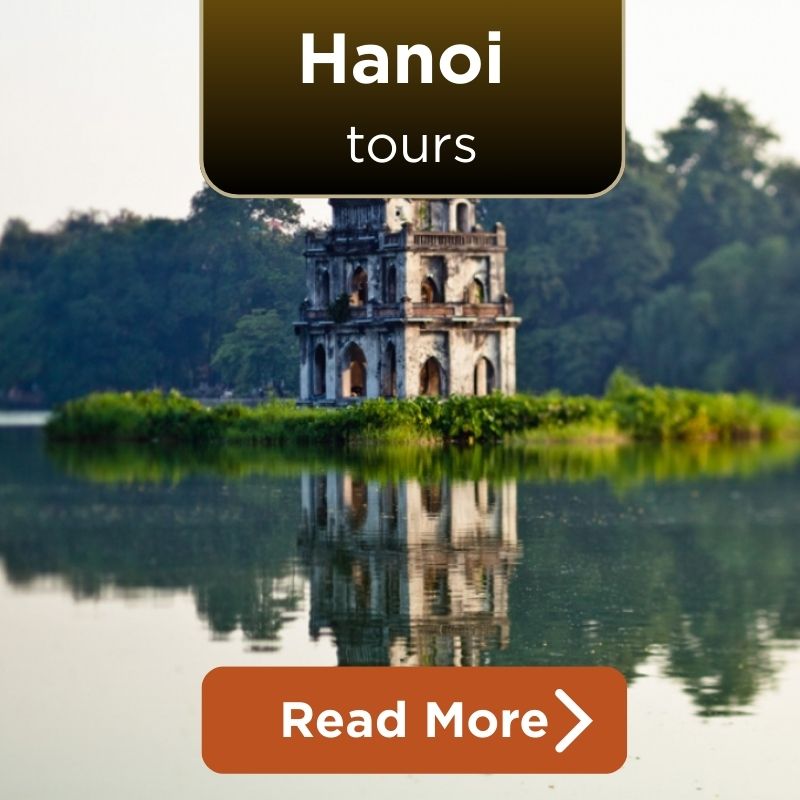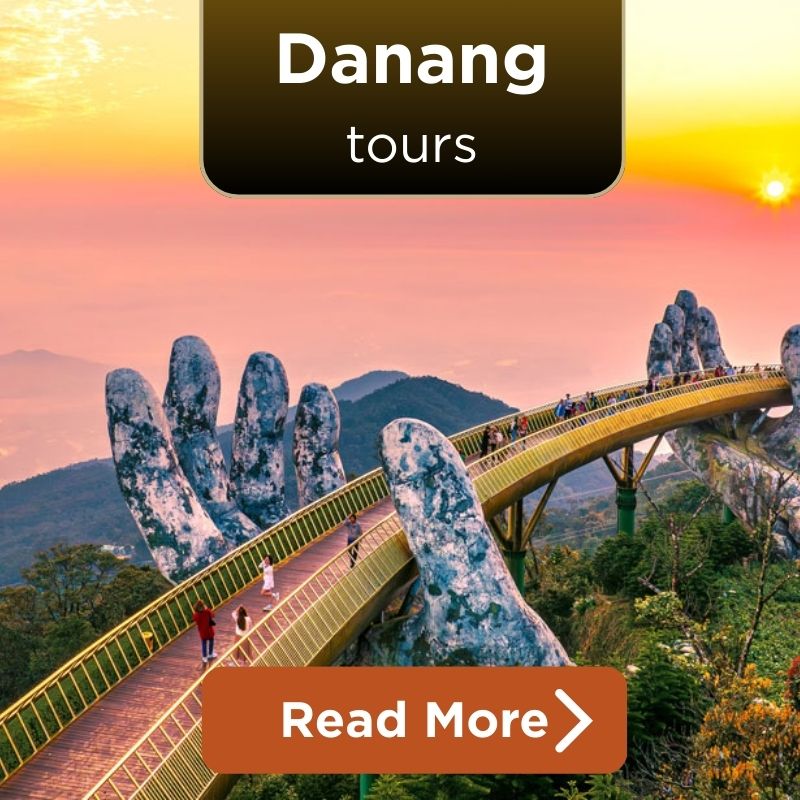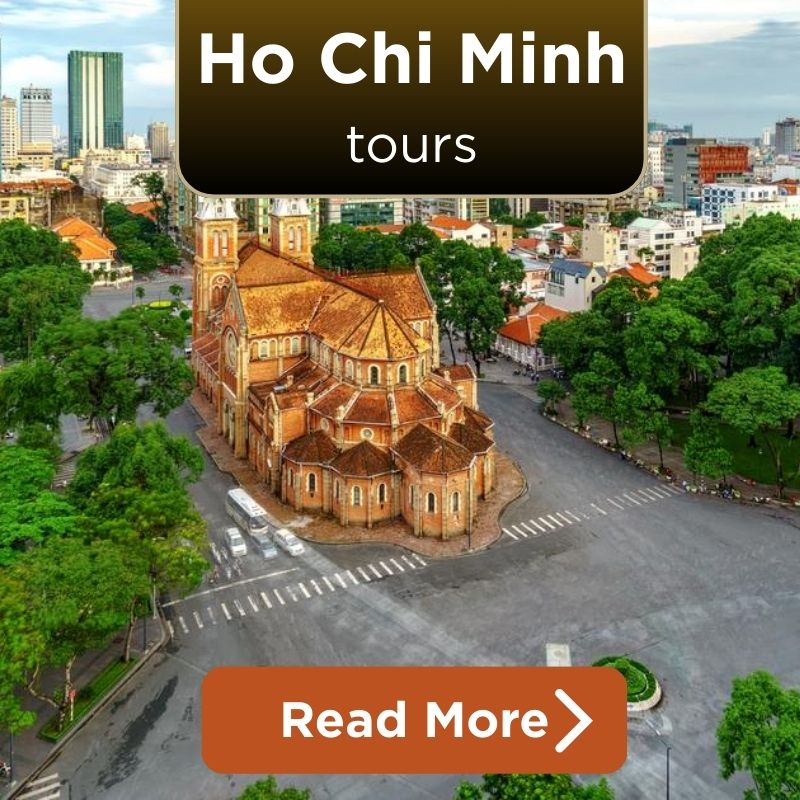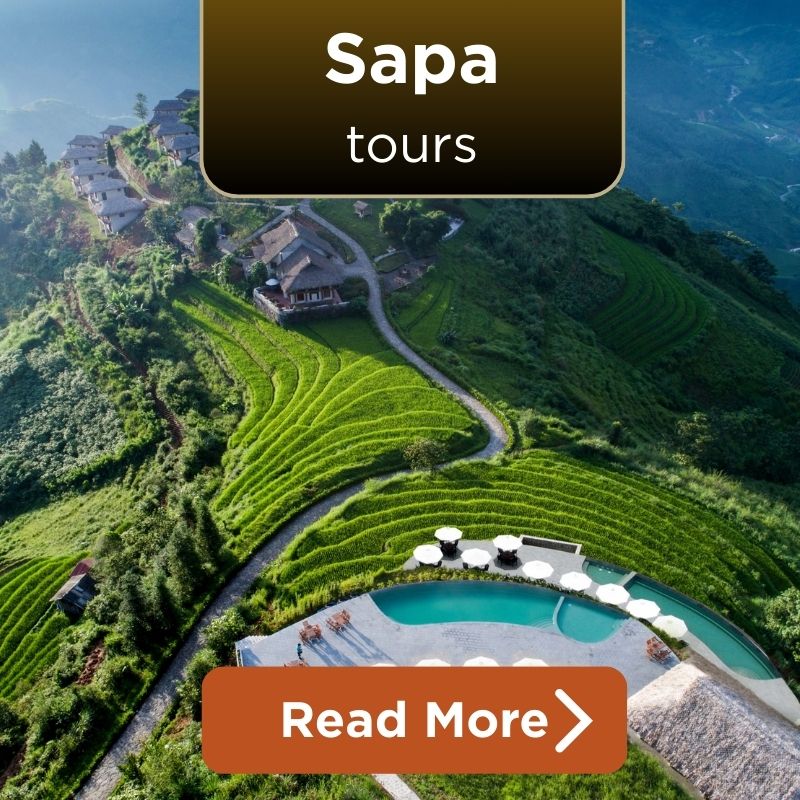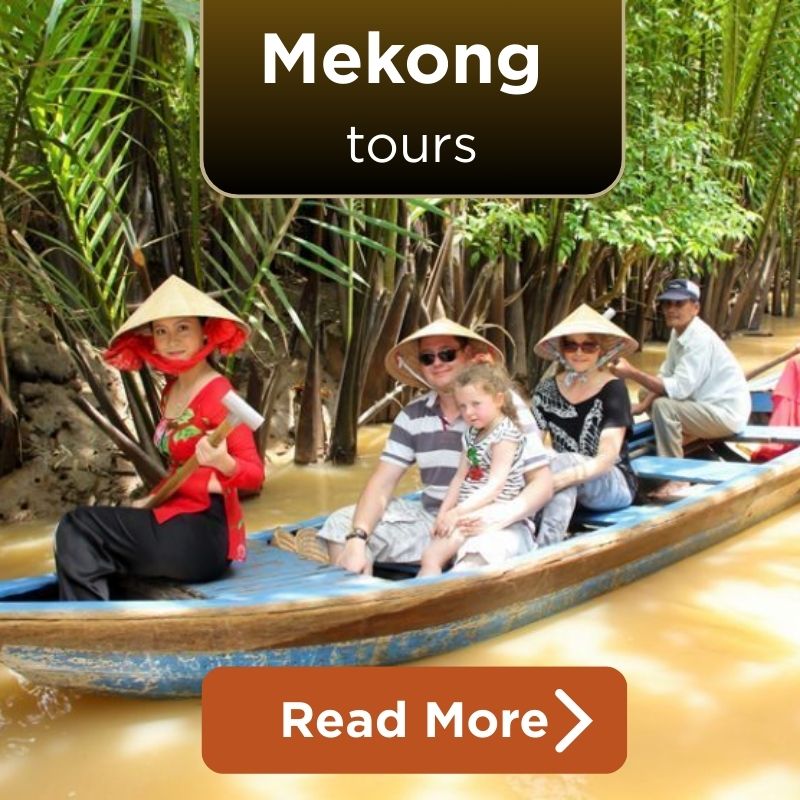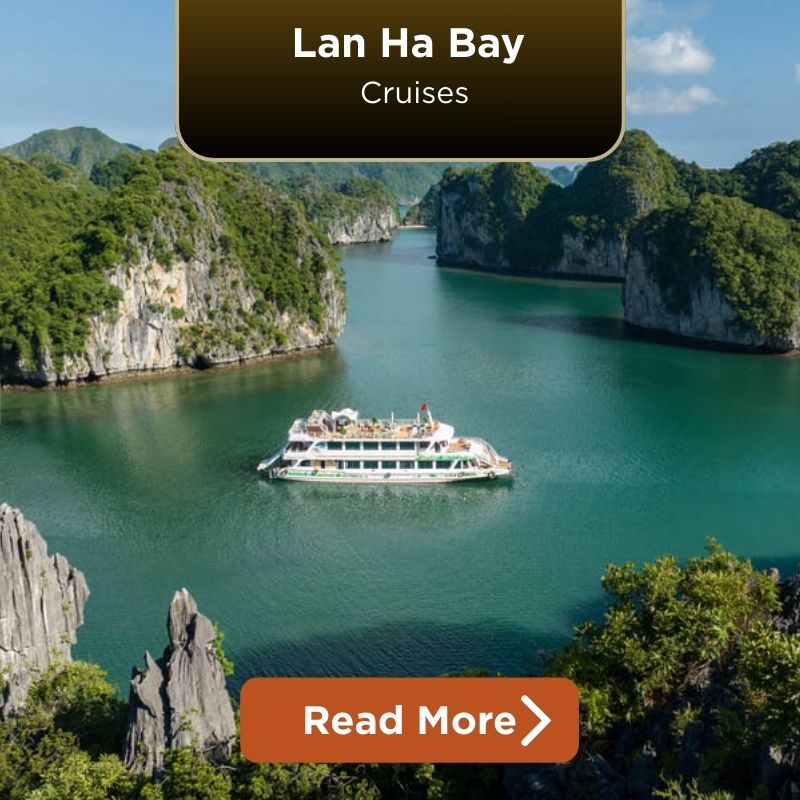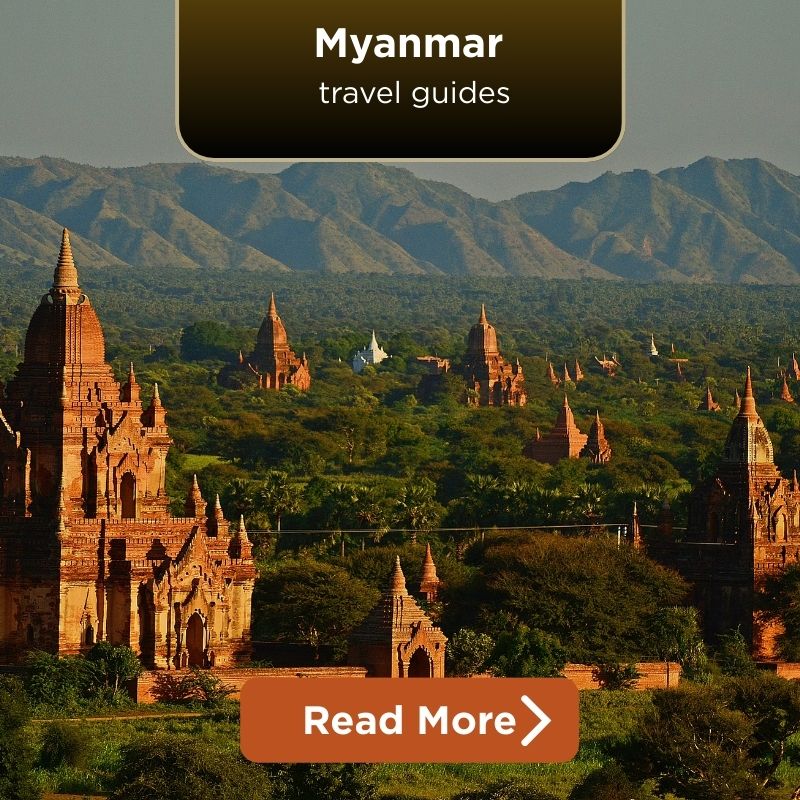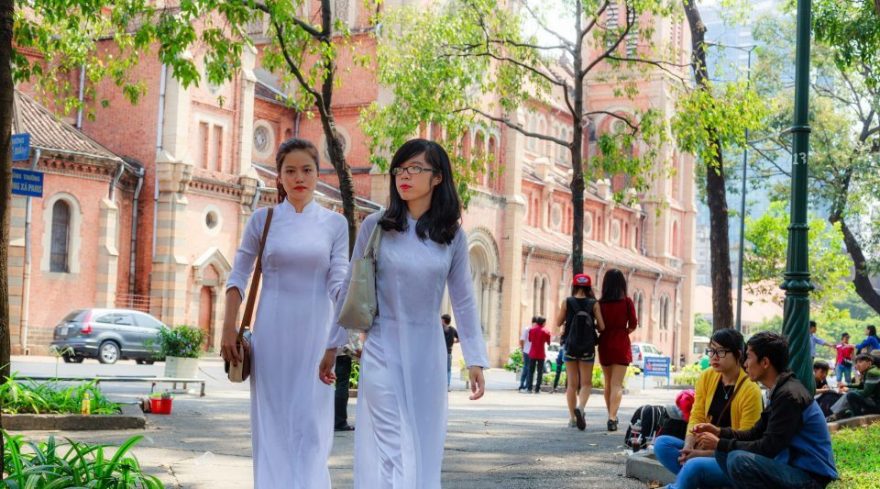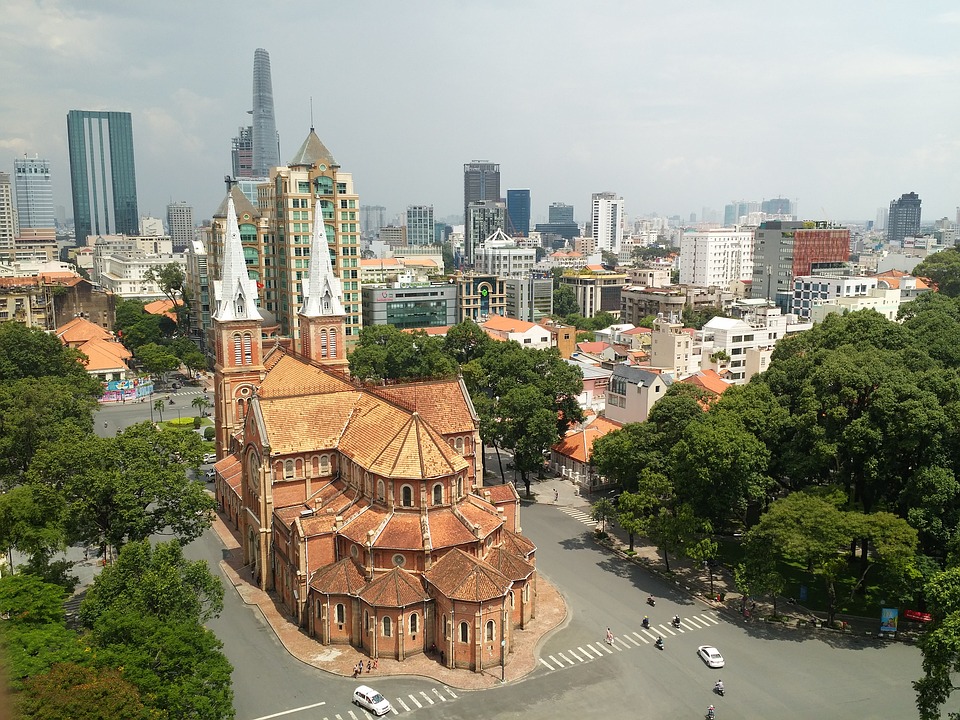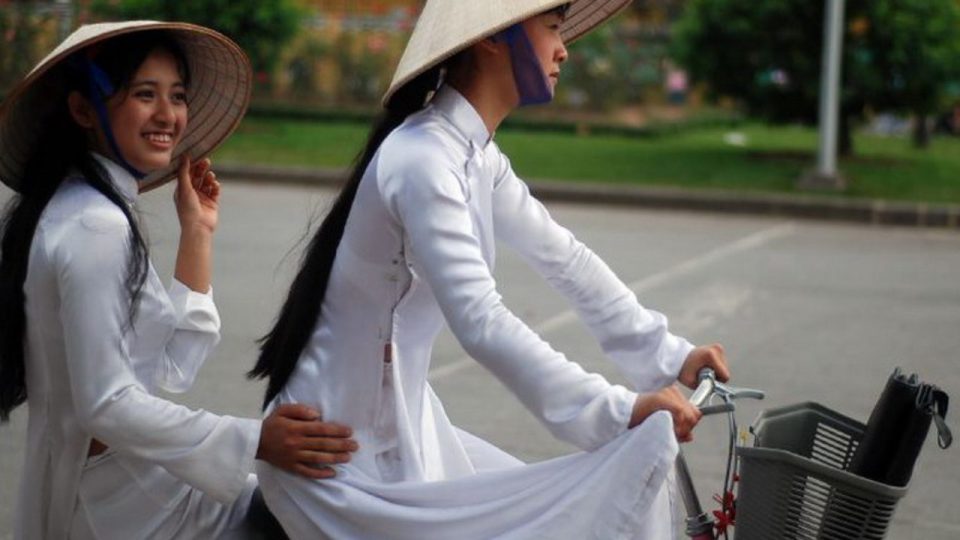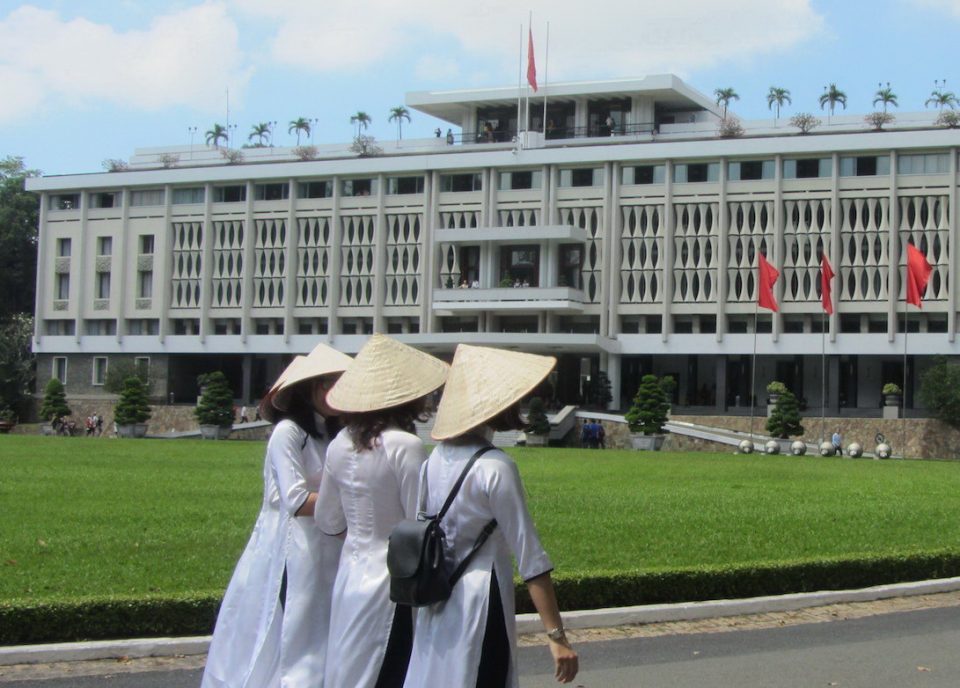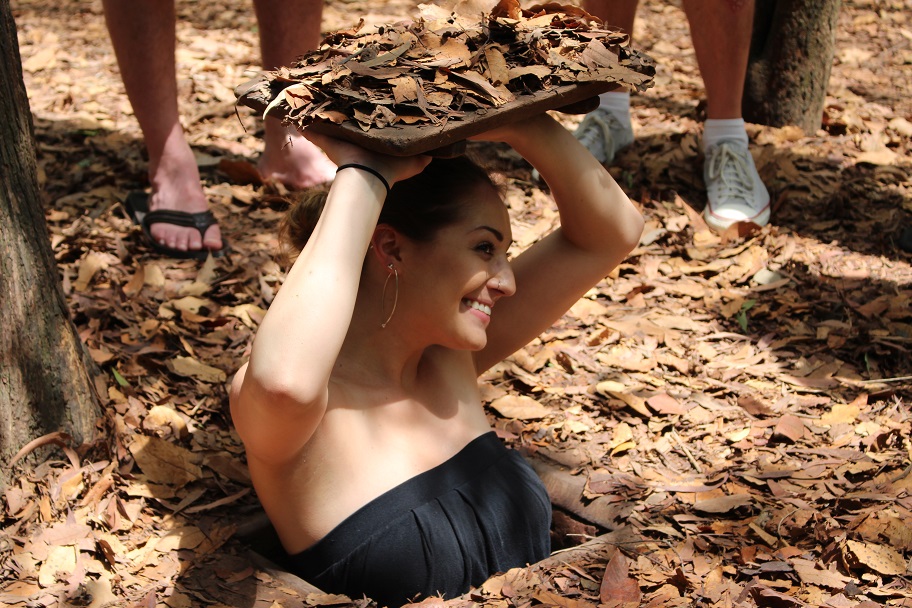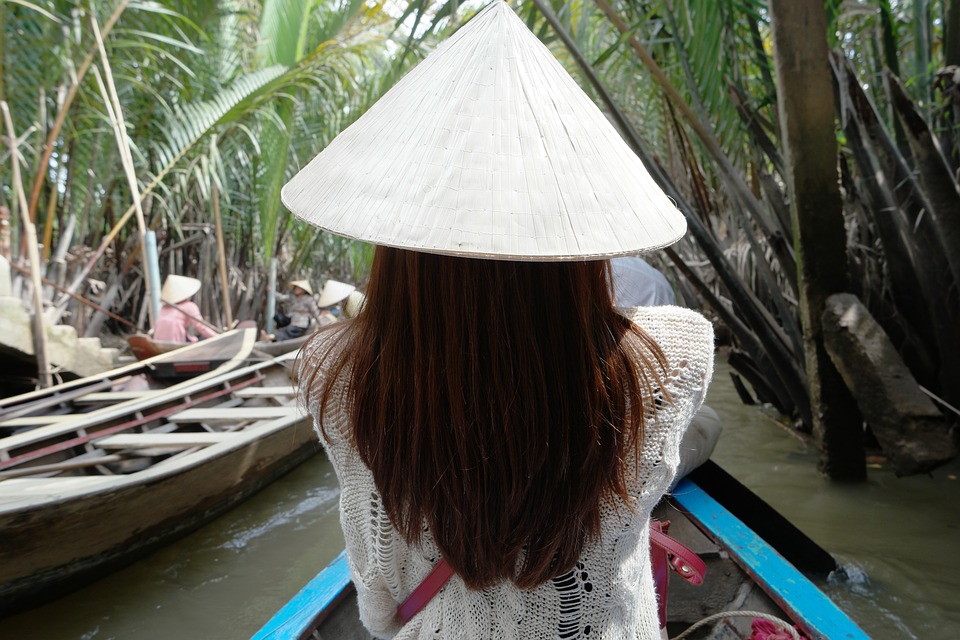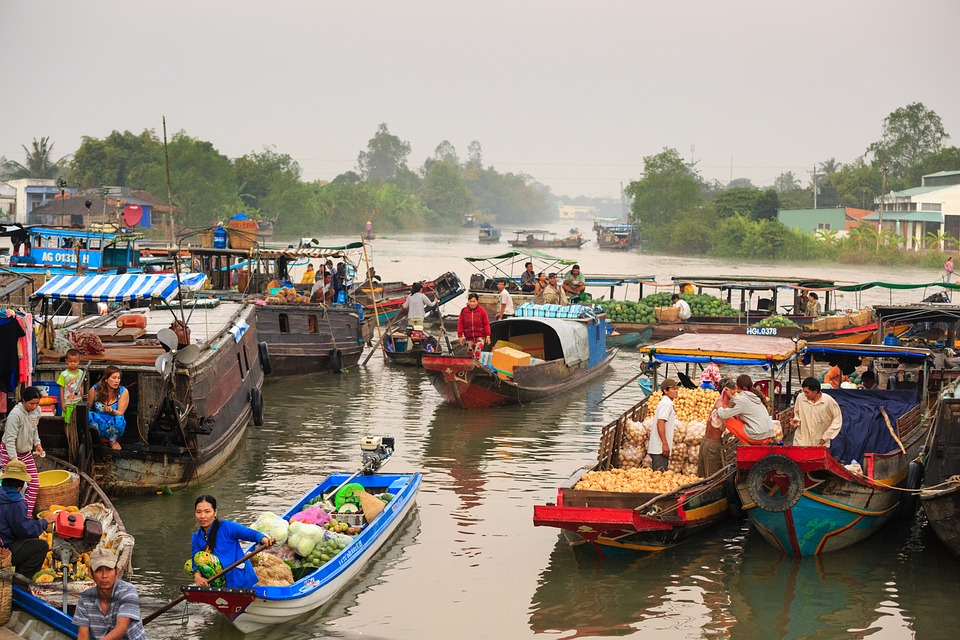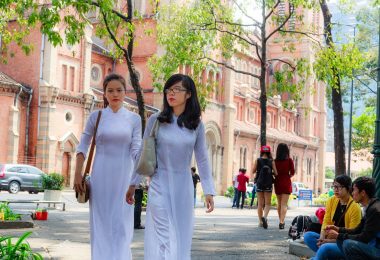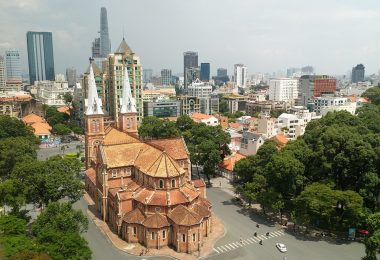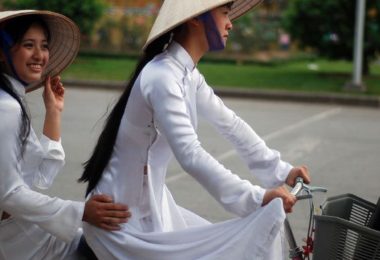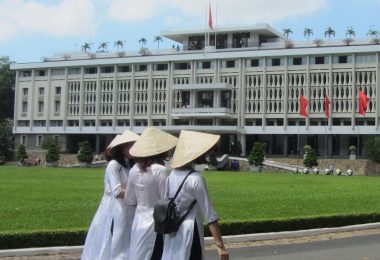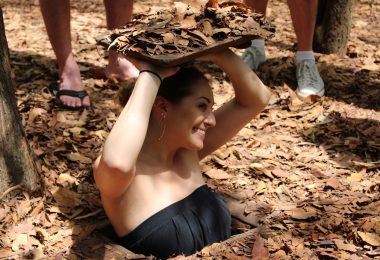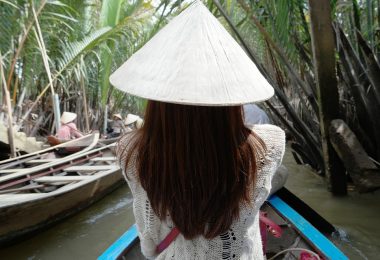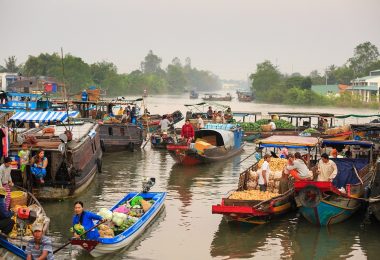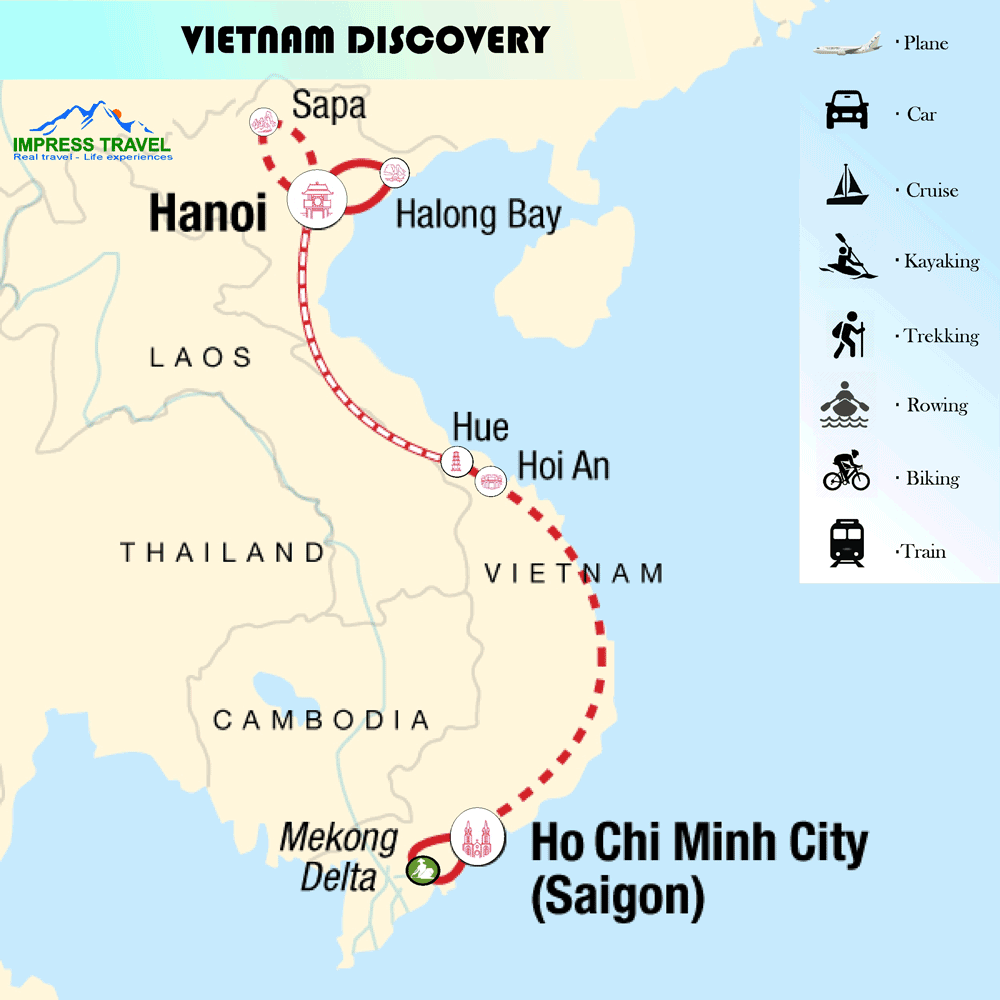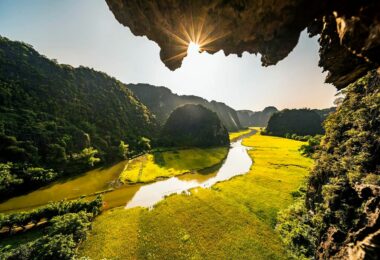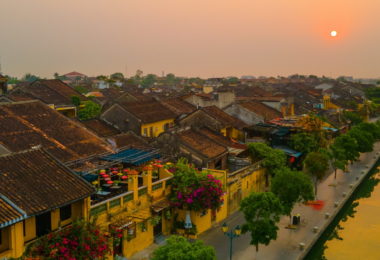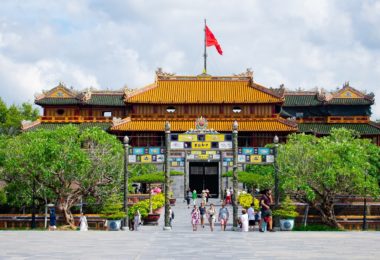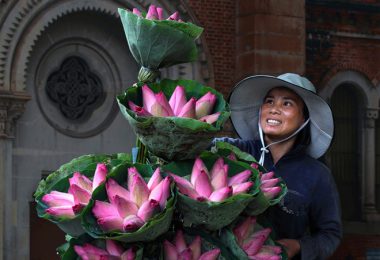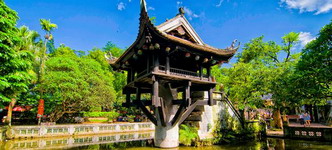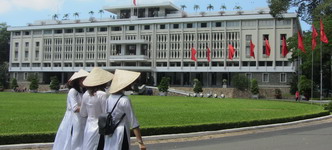Is Thien Hau Pagoda on your Ho Chi Minh Buddhist Tours itinerary? Nestled in the heart of the dynamic Cholon district, this ancient pagoda is not only a spiritual place that one reveres but also a cultural treasure showcasing the unique Vietnamese-Chinese heritage of Ho Chi Minh City. With its reputation for intricate architecture and peaceful ambiance, the Pagoda has thus created an atmosphere where travelers can enjoy an appropriate level of historical, traditional, and spiritual ambiance. Whether it is the tales of stories behind its ancient walls or the serenity inside, this guide will prepare you for a visit sure to be both inspiring and unforgettable.
Architectural Marvels of Thien Hau Pagoda: A Highlight for Ho Chi Minh Buddhist Tours
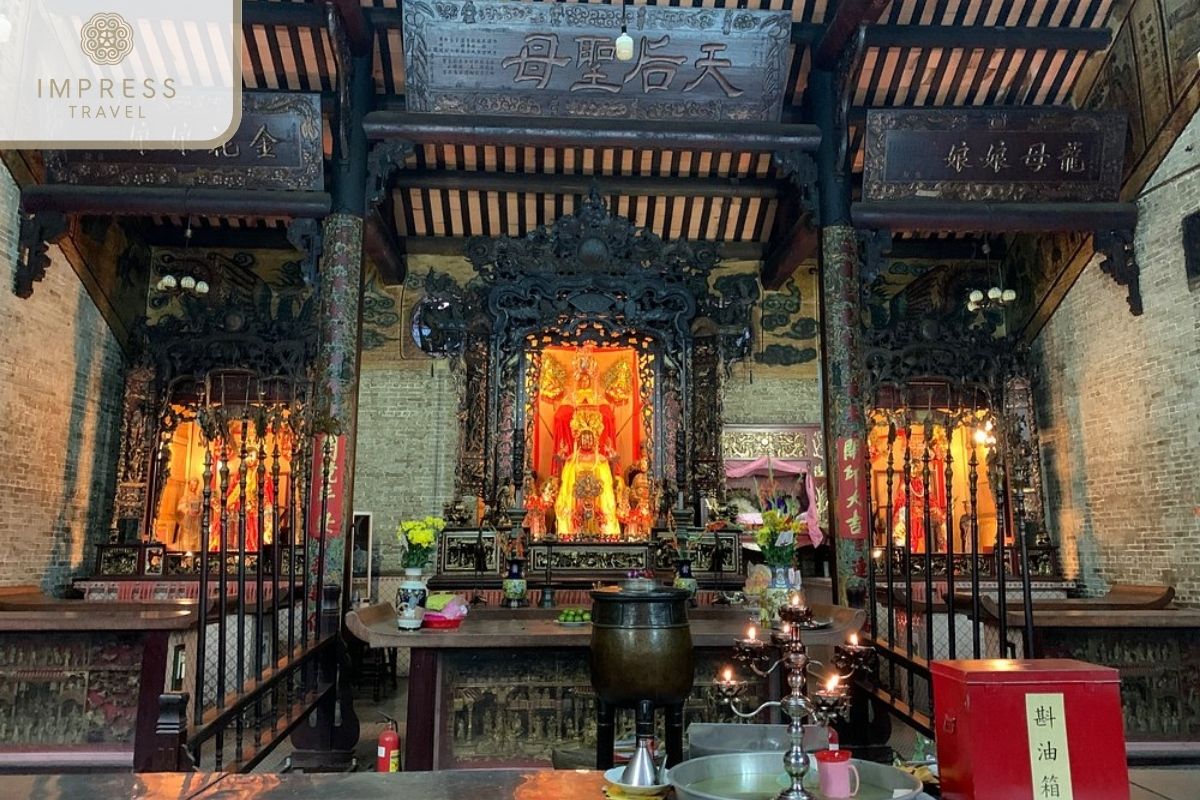
Thien Hau Pagoda
Located at 710 Nguyen Trai, District 5, Ho Chi Minh City, it opens daily from 6:30 AM to 4:30 PM. Little wonder that Thien Hau Pagoda is a top attraction in Ho Chi Minh Buddhist trips. The design aspect of the architecture is a mesmerizing blend of artistry, symbolism, and tradition; it is highly recommended for visitors with an interest in history and design. This will let one’s mind be enchanted by the beauties of a traditional Chinese architectural element in bringing this historic pagoda alive.
Distinctive Chinese Architecture
Among the first things you will notice is the characteristic traditional Chinese architectural style skillfully made to denote protection and spirituality. Finishing the roofs are dragons, phoenixes, and other sacred animals, all highly carved and painted. Each of these elements represents a symbol replete with meanings: dragons represent strength and power, while the phoenix symbolizes peace and prosperity. These spirits protect the pagoda from evil spirits, augmenting the spiritual experience of this pagoda’s atmosphere to the fullest. All these minute details reflect the influence of Chinese culture within the spiritual sites of Ho Chi Minh City for any person who is on a Ho Chi Minh Tour.
Structure Layout
It is fantastically structural and meaningful. The pagoda is divided into three parts: the main hall, middle hall, and rear hall. Each of them serves a different purpose and contains altars and shrines dedicated to different gods. In the main hall, one finds statues of guardians symbolizing the protective essence of the temple. Moving further into the middle hall, the space opens up with even more altars, each for a specific ritual and, in turn, making the sacred experience of all who come even greater. The rear is the heart of devotion, where an exquisitely designed altar to Thien Hau herself rests, merged at the base with offerings of incense. Furthermore, this properly designed architecture makes guests take a tour for the understanding of spiritual journeys inside the temple real catch of Ho Chi Minh Buddhist tours.
Decorative Details
Thien Hau Pagoda amazes from the first moment with the abundance of furnishing. The walls were adorned with ceramic reliefs depicting traditional scenes and myths from Chinese folklore. You will be able to find stone lions standing at the entrance guarding the place, symbolizing strength and attention. Probably one of the most impressive things that you can see is the incense coils hanging from the ceiling. These coils burn slowly, filling the temple with fragrant smoke, and creating an atmosphere of tranquility. Their spiral shape is believed to send prayers upward, to connect the earthly realm with the divine. This surely is remarkable attention to decorative detail and makes Thien Hau stand out on any Ho Chi Minh Tour.
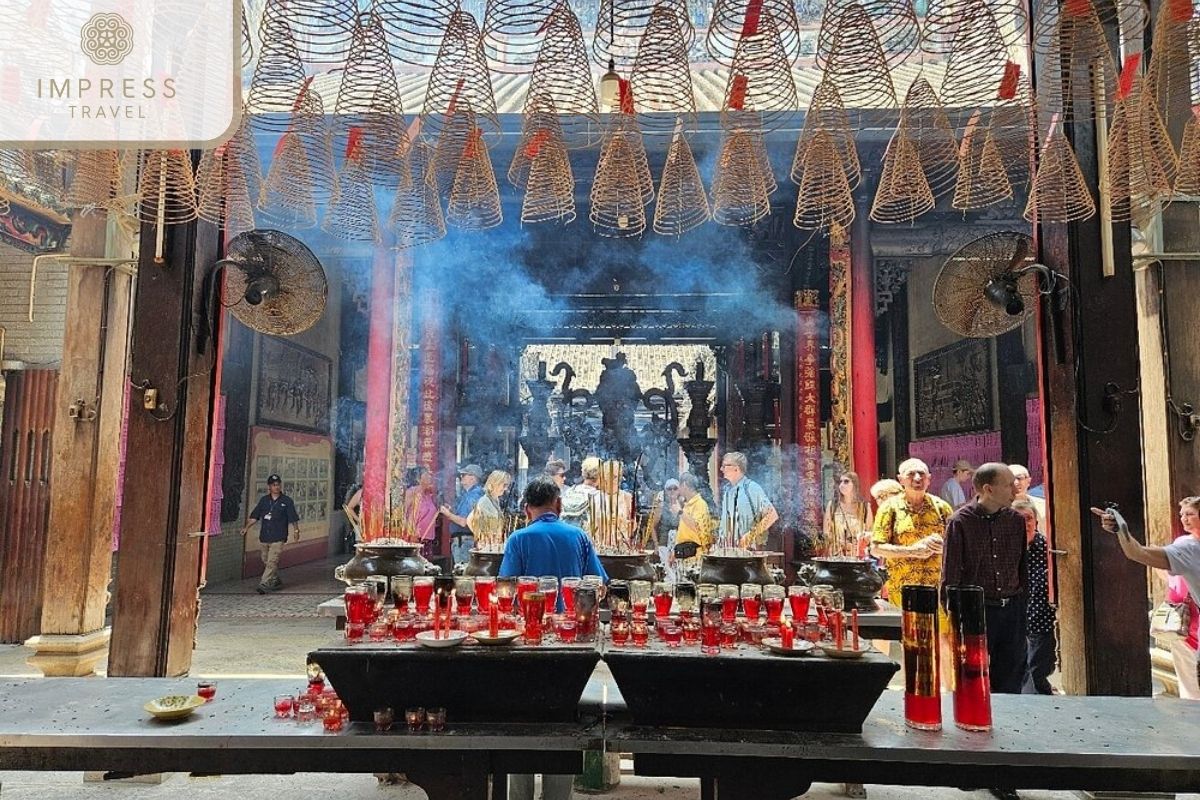
Many tourists visit
Famous Features
Apart from the architectural style, inside the Thien Hau Pagoda, there are the “Gateway Guardians" or statues of powerful guardians stationed at its entrance. These are guardians with symbolic weapons to defend against bad influences in the temple, adding a sense of strength to the ambient atmosphere of the place in a sacred manner. The friezes inside tell stories from Chinese mythology, adding this peculiar touch that makes the ancient legends appear alive. The artistic friezes allow the visitors a look at the cultural tales and spiritual beliefs of the Chinese-Vietnamese community. It is this telling of tales through art that makes a pagoda experience a feat to remember interesting highlights during Ho Chi Minh Buddhist tours.
Cultural Artifacts
Those who like to see historic artifacts would also not be disappointed in the Thien Hau Pagoda. This temple houses several ancient statues, wooden plaques with inscriptions, and inscriptions dating several centuries back. Each of these artifacts tells a story, from the wooden plaques bearing honor to deities down to the statues that have been part of the heritage in the temple for generations. They will also see in this place historical inscriptions that describe the beliefs and customs of people in the past. These objects give the temple a lot of historical depth and make it of invaluable cultural worth. Each one of these objects can be explored even better on a Ho Chi Minh Buddhist tour if one wishes to do so to form an authentic and meaningful connection with the spiritual heritage of the region.
Key Religious Practices and Beliefs at Thien Hau Pagoda
Sacred Rituals and Ceremonies on Ho Chi Minh Buddhist Tours
Daily rituals and ceremonies prove the faith of its worshipers in the Thien Hau Pagoda. Thien Hau, Sea Goddess, is offered incense burning throughout the temple, which fills it with fragrant smoke, carrying prayers upward to the divine. This is a serene, almost spiritual experience for anyone on a Ho Chi Minh Tour, as the incense coils’ sweet fragrance ripples through the whole space. These acts of offerings, along with prayer activities held at different times of the day, form simple yet phenomenal ways of spiritual outreach for worshippers. They give visitors profound insight into the heart of Ho Chi Minh Buddhist tours.
Festival of Thien Hau (Via Ba Festival)
Among other events expected in this temple, the most awaited is the Festival of Thien Hau or ViaBa Festival. Celebrated on the 23rd day of the third lunar month, this festival honors Thien Hau’s feast day and draws thousands of devotees from across Vietnam. During the boisterous festival, the idol of Thien Hau is taken along the streets in a colorfully decorated carriage accompanied by lion dances, traditional music, and hundreds of followers during jollification. This colorful festival is a must-watch for visitors on a Ho Chi Minh Buddhist tour since one gets an uncommon glimpse of the faith of the community in their joy of honoring Thien Hau. The entire area becomes a color, sound, and spirit-filled experience when the time comes, which is unforgettable to witness for one and all.
Prayer and Divination Practices on Ho Chi Minh Buddhist Tours
One of the unusual practices at Thien Hau Pagoda is a kind of divination called lot-casting-what the Vietnamese call xinxam. This ancient ritual encourages visitors and worshipers to ask personal questions by shaking a cylinder of numbered sticks while asking one to fall out. Each number corresponds to a written fortune offering insight into personal matters like love, health, or career. For many, this is a divination practice that places one in direct connection with the wisdom of Thiem Hau, adding an extra meaning that can be attached to Ho Chi Minh Tours. It is not only a very interesting cultural experience, but rather one in which visitors may join in on an age-old tradition that may bring insight and comfort.
The Role of Offerings in Ho Chi Minh Buddhist Tours
Offerings are the most crucial act in Thien Hau Pagoda when worshiping, and watching those symbolic things presents a poignant situation. Visitors on Ho Chi Minh Buddhist tours will see many offerings, from fruits and flowers to paper effigies in different shapes, placed beside every altar. Each one of those items holds a very special meaning: fruits signify plenty; flowers symbolize purity; and paper effigies-fashionable, such as clothes, houses, or even money intended to provide a goddess in the spirit world. Such attentive offerings reveal the respect and gratitude of the believers and the cultural weight of every gesture.
Ho Chi Minh Buddhist Tour: Thien Hau Pagoda & Cholon Exploration
8:00 AM – Hotel Pickup and Departure
Your Ho Chi Minh Buddhist tour commences with a hotel pick-up in the heart of downtown Ho Chi Minh City. Today, be ready for the special spiritual and cultural ambiance of Cholon, the bustling Chinatown of the city.
8:30 AM – Thien Hau Pagoda
- Address: 710 Nguyen Trai, District 5, Ho Chi Minh City
Arrive at Thien Hau Pagoda holy Buddhist site that is over two centuries old. Among the identifying Ho Chi Minh tourist attractions, this pagoda offers breathtakingly beautiful Chinese architectural elements. Protection symbols-from dragons to phoenixes-are on the roof.
Relish the spiritual atmosphere by taking part in the local rituals, including the burning of incense or observing traditional lot-casting divination, xinxam, one of the peculiar rituals whereby worshippers seek insight into their personal affairs.
10:00 AM – Quan Am Pagoda
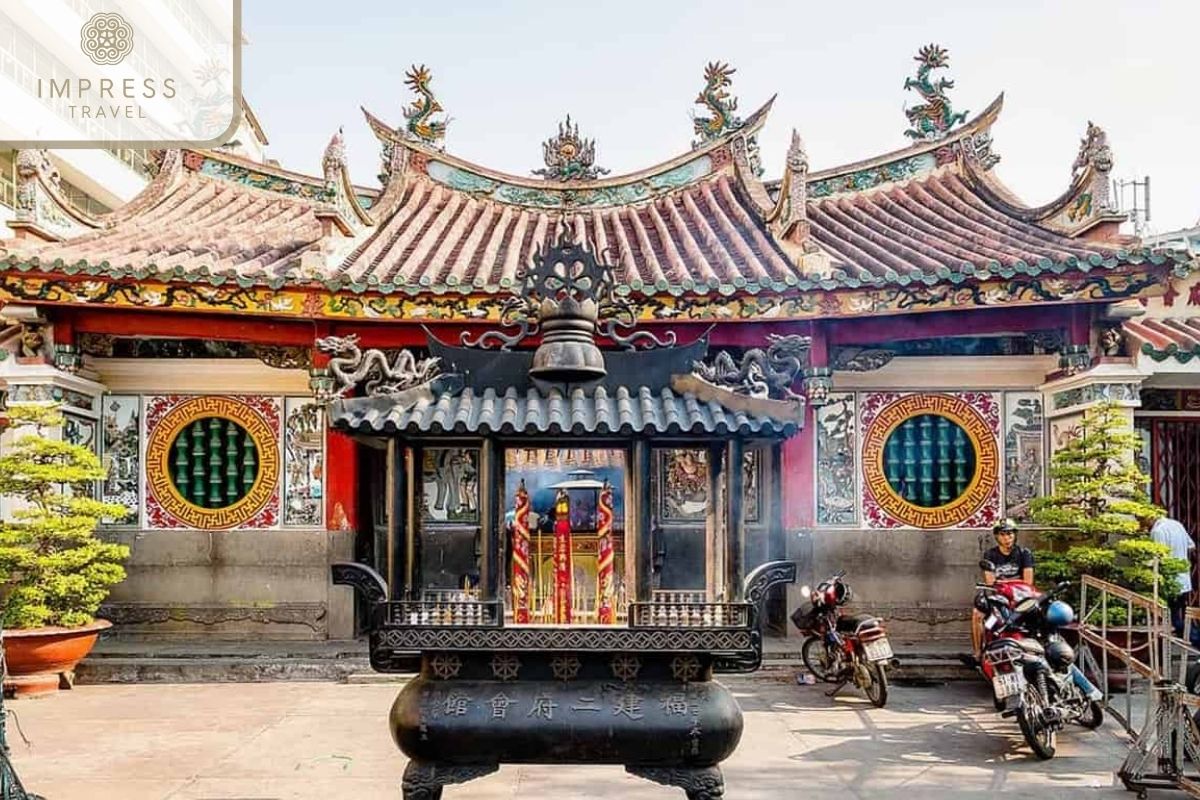
Quan Am Pagoda
Address: 12 Lao Tu Street, District 5, Ho Chi Minh City
After a few minutes of driving, the Quan Am Pagoda will reach a peaceful retreat dedicated to the Buddhist goddess of mercy, Quan Am. Famed as a quiet and reflective temple, it provides guests with a lovely garden around it where they can have tranquil space.
Catch glimpses of altars and be sure to look around in awe at the stunning surroundings making Ho Chi Minh Buddhist tours so special for locals and visitors alike.
11:00 AM – Phuoc An Hoi Quan Temple
- Address: 184 Hung Vuong Street, District 5, Ho Chi Minh City
Followed by the famous Taoist temple, Phuoc An Hoi Quan Temple, the counterpart of its bright entrance and detailed wood carvings. This is a unique blend of Taoist traditions combined with Buddhist elements, which are joined into your special cultural journey.
12:00 PM – Lunch in Cholon: Authentic Chinese Cuisine
- Suggested Restaurant: Dong Nguyen Restaurant, 322 Tran Phu Street, District 5, Ho Chi Minh City
Lunch is a favorable traditional Chinese-Vietnamese cuisine with popular dishes: dim sum, dumplings, and roast duck at a local Cholon restaurant. Adding flavor to your Ho Chi Minh Tour and amalgamating with most of the area’s cultural heritage.
1:30 PM – Binh Tay Market
- Address: 57A Thap Muoi Street, District 6, Ho Chi Minh City
Next, after having lunch, head to Binh Tay Market, which is the biggest market in Cholon. This busy marketplace in Cholon has everything on offer, from fresh produce to exotic spices, handicrafts, and traditional apparel.
Spend time wandering around the stalls, picking up souvenirs, or simply soaking in the lively market atmosphere that takes center stage of any Ho Chi Minh Tour of Cholon.
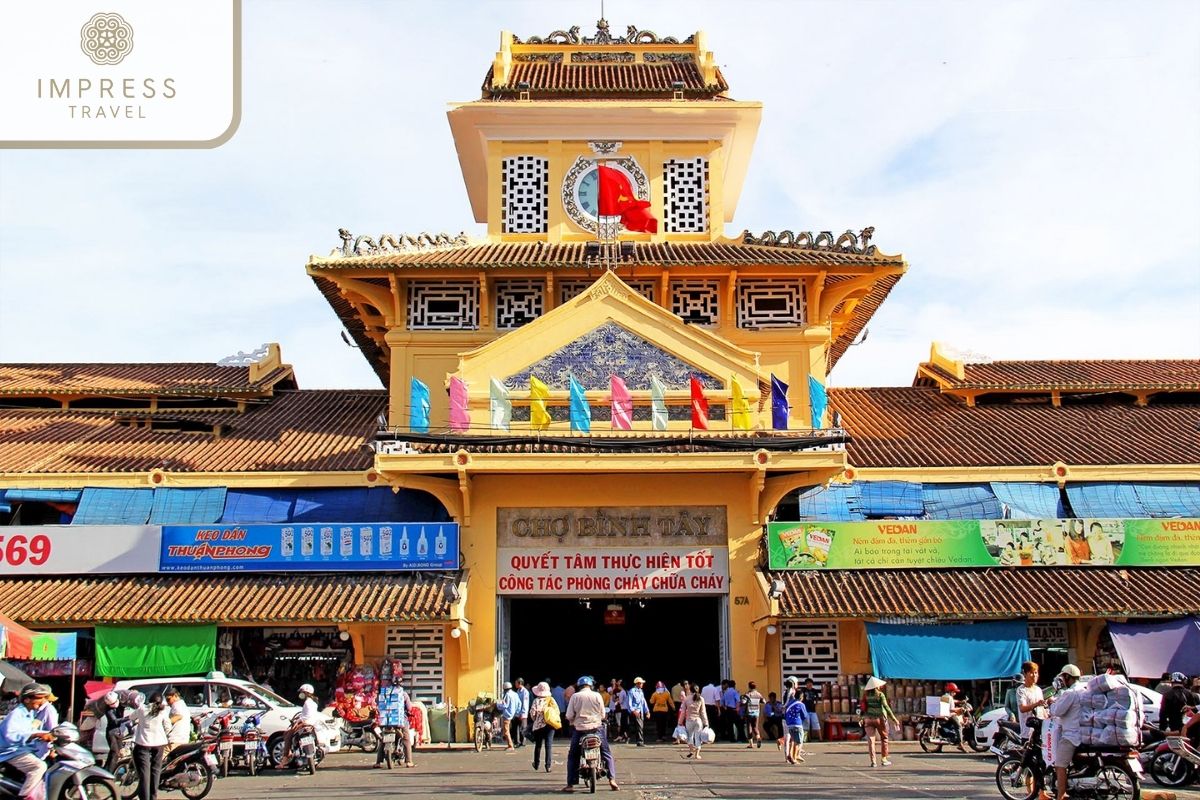
Binh Tay Market
3:00 PM – Free Time for Exploration
Spend free time rummaging through the side streets and back alleys of Cholon. Pass by charming herbal shops, look for antiques, or stop at a local teahouse to experience a traditional tea tasting.
4:00 PM – Return to Hotel
After meaningful cultural and spiritual experiences, take a leisurely drive back to the hotel. This Ho Chi Minh Buddhist tour will leave you with meaningful memories of the Vietnamese-Chinese heritage and vibrant community spirit that define this part of the city.
Conclusion
Thien Hau Pagoda continues to be regarded as the real treasure of Ho Chi Minh Buddhist Tours due to its spiritual profundity mingled with cultural traditions and architectural beauty. The respectful, open-hearted journey to this sacred place receives much better contact with the particular Vietnamese-Chinese culture of Ho Chi Minh City. A visit to Thien Hau Pagoda will thus prove immensely rewarding for those tours planned to Ho Chi Minh huge dose of the vivacity of the history, faith, and community spirit of the city is in store. Do not miss this for a journey that will be remembered forever! Don’t forget to regularly follow our Impress Travel for more interesting information about traveling Ho Chi Minh City to and to book Ho Chi Minh City Tours at the best prices.





